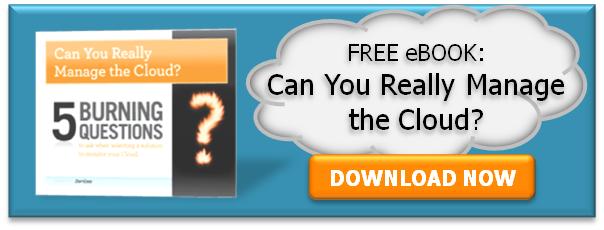
Whether we like it or not, most large enterprises in the world rely on applications from SAP, Oracle, IBM, Microsoft, and more. These applications run our inventory and payroll systems, they provide critical business intelligence to Senior Executives enabling near real-time decisions, they process claims and orders, and they aren’t going away anytime soon. Additionally, these applications are a source of tremendous maintenance revenue for their respective vendors. In the end, simply virtualizing these applications or deploying new vBlocks, FastTracks, or FlexPods is not enough.
What’s needed is a conversion that makes Y2K hysteria look like a piece of cake. Applications must be completely rewritten to a new paradigm of dynamic compute, storage, and networking resources. Applications must be self-healing, have the ability to signal virtualized and physical resources of impending changes, must be adaptable to demand, and must have a new level of resilience. Think Salesforce.com, Service-Now, Pandora, Facebook, and more.
This line of thought leads to questions and more questions. Do we really need a new Cloud operating system? Does the orchestration layer mitigate the need for application rewrites? Are the OSs dead? What role does the hypervisor play in this equation? What role does the network and storage have to play? Do multi-purpose Clouds exist?
While the journey began with virtualization it must end with new applications and innovative architectures. It’s not simply moving workloads from server x to y, it’s about providing an agile and self-aware service that provides consistent service levels to its customers.
Cloud computing is awesome, powerful, revolutionary, and disruptive. Riddle me this readers, are legacy applications your anchors in your journey to the Cloud?
Image Credit: bigglesmith








